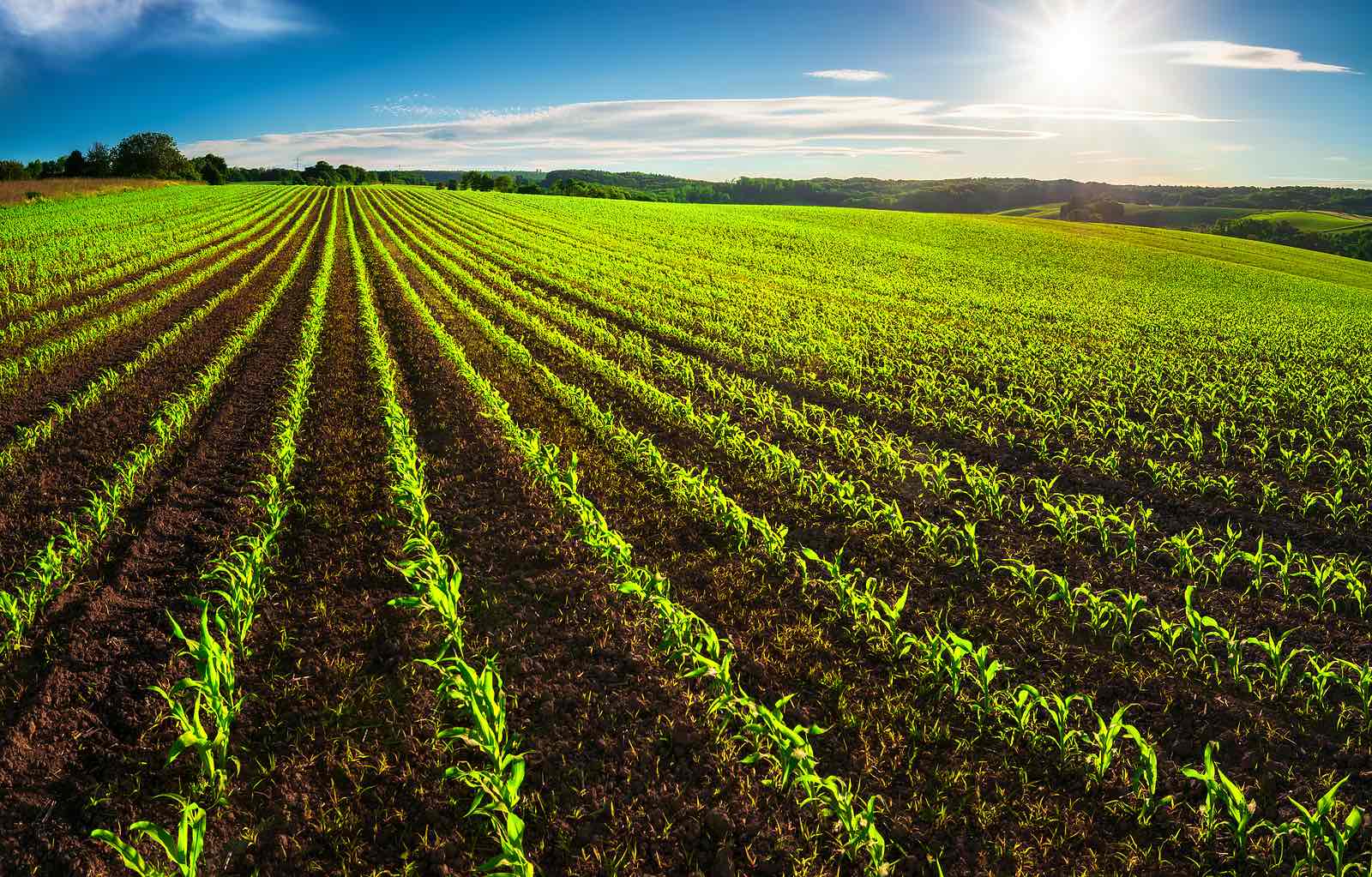
With an ever-growing population, farming is more important than it ever was before. 200 years ago, people were self-reliant and grew their own food to live, but now that is no longer the case. Farming methods have become more efficient to produce higher yields in order to keep up with the increasing demand for food from the growing population. Among others, one of the key methods to further stimulate production is the use of cover crops.
Cover crops are implemented to prevent erosion and runoff while simultaneously improving soil structure, composition, and tillage conditions. A new global analysis performed by the University of Illinois showed that the practice of using cover crops boosted soil microbial abundance by 27 percent. Other benefits of cover crops include weed control, reduction of soil compaction, increase water infiltration, the attraction of pollinators, and livestock feed. Some argue that cover crops are not worth the cost, effort, or time, but it has been proven that it will both increase yields and improve the overall productivity of crop production.
Water is a vital necessity pertaining to farming but can also negatively impact production when there is an excess. When heavy rainfall occurs on a field without a crop, it can cause soil particles to break apart and carry those particles (that contain any chemicals that were used and/or excess nutrients from the soil) into bodies of water. When this happens, the water quality of those bodies of water can become negatively impacted due to the chemicals and excess nutrients like nitrogen and phosphorus. However, runoff can be reduced with the use of a cover crop. Cover crops can reduce soil erosion by 90 percent, reduce nutrient and pesticide runoff by 50 percent, and decrease sediment loading by 70 percent.
Costs of implementing cover crops deal with the seed needed, water used, and labor costs of producing and harvesting the crop. According to the Sustainable Agriculture Research and Education (SARE), the median seeding cost was $25 per acre in 2012. Purdue also performed a study to understand the costs and gains associated with cover crops. Out of the three control groups, only the Annual Rye crop did not make a profit, but the Cereal Rye and Oats/Radishes did. According to the study, “…adding cover crops to an agricultural system can increase the profit-maximizing yield for the system (which represents the yield at which a farm makes the highest profit) and/or decrease optimal applied nitrogen levels. Depending on the cover crop treatment used, cover crop treatments were shown to increase the net return per acre for a case farm .” (See Figure One).
During typical weather conditions, farmers who used cover crops did not make a profit until the second or third year even with higher yields of one to three percent. However, during droughts, the fields that had cover crops were able to produce higher yields and experienced greater profits during the first few years compared to those that did not use cover crops. (See Figure Two). Although not a perfect analogy, we suggest cover crops could provide farmers with a built-in quasi-insurance policy. Due to the increases in water retention and soil maintenance, farms that have consistently implemented cover crops are primed for outperformance in low water years. In an overly simplistic manner, the basic law of supply and demand demonstrates that when supply is low (assuming low water year causes low supply regionally) prices typically increase. The forward-looking farming practices could bring more supply to the market on a per-acre basis in heavy drought years while attracting higher prices due to reductions in market supply. We view this aspect of cover crops as a creative drought mitigant over the long run.
When soil loss and runoff increase, valuable nutrients within the soil structure are lost. For optimal crop production, certain plants need the right amount of nutrients contained within the soil. Luckily, cover crops, depending on the crop chosen, can either add the gasses in or take them out. Nitrogen, one of the most important nutrients needed for vegetable production systems can be added back into soils with cover crops such as hairy vetch, red clover, crimson clover, cowpea, and soybean.
While there are a learning curve and initial costs associated with planting a cover crop, we believe the benefits outweigh the costs. If able to endure the relatively quick and steep learning curve associated with cover crop production practices, then both the farmer and land can create long-term benefits. Effectively utilizing cover crops reduces erosion, decreases tillage needs, while simultaneously increasing annual yields and profits, especially in drought years. Finally, thoughtful stewardship of the land provides accretive long-term benefits as future valuations will reflect the underlying soil quality and yield production – both of which improve with the use of cover crops.